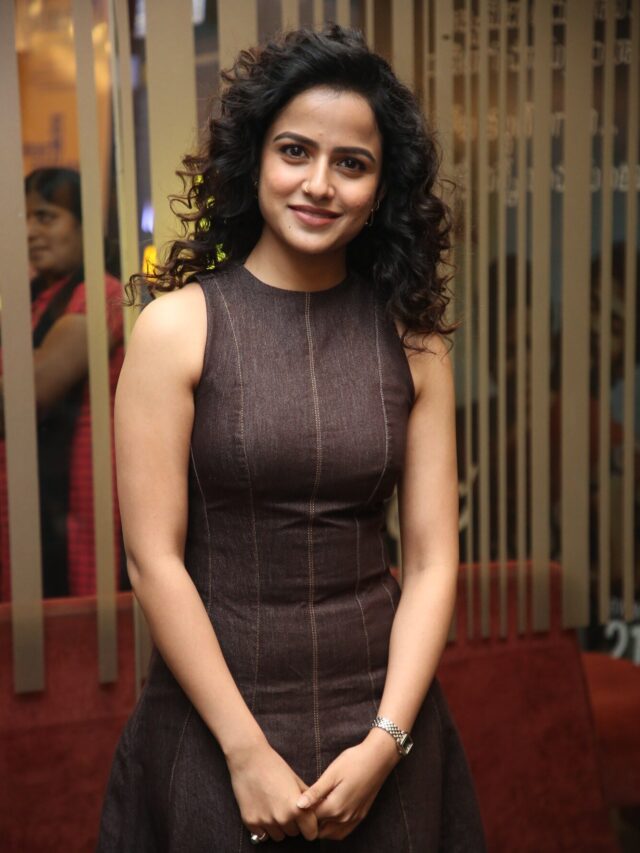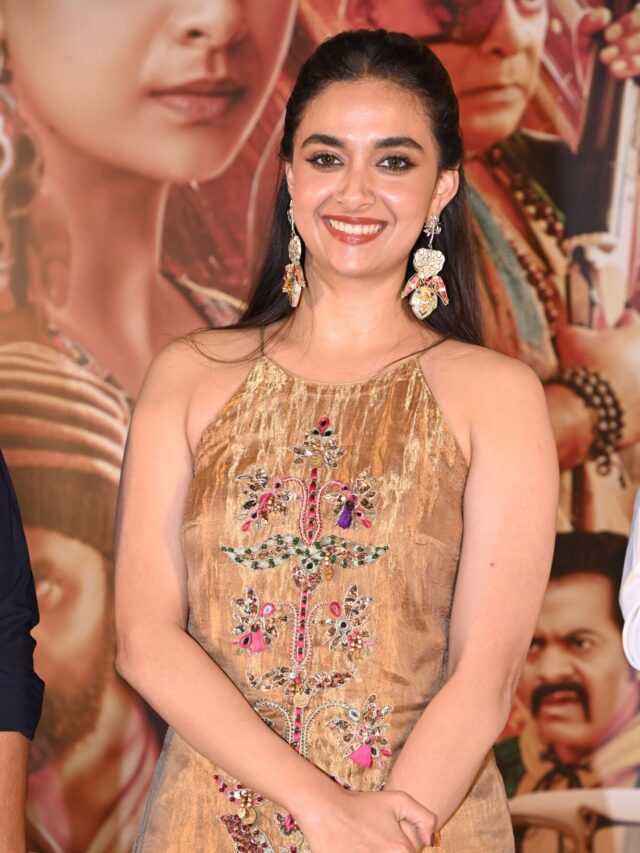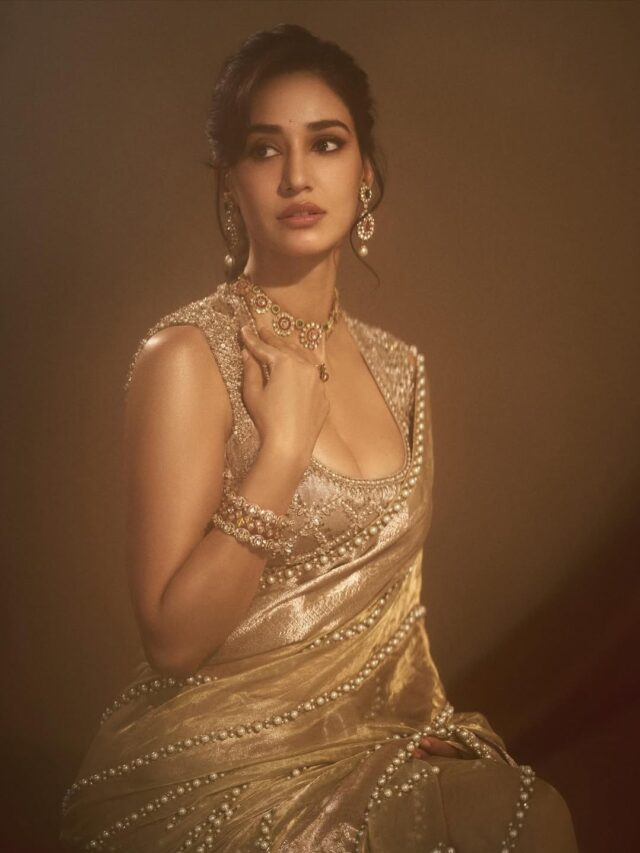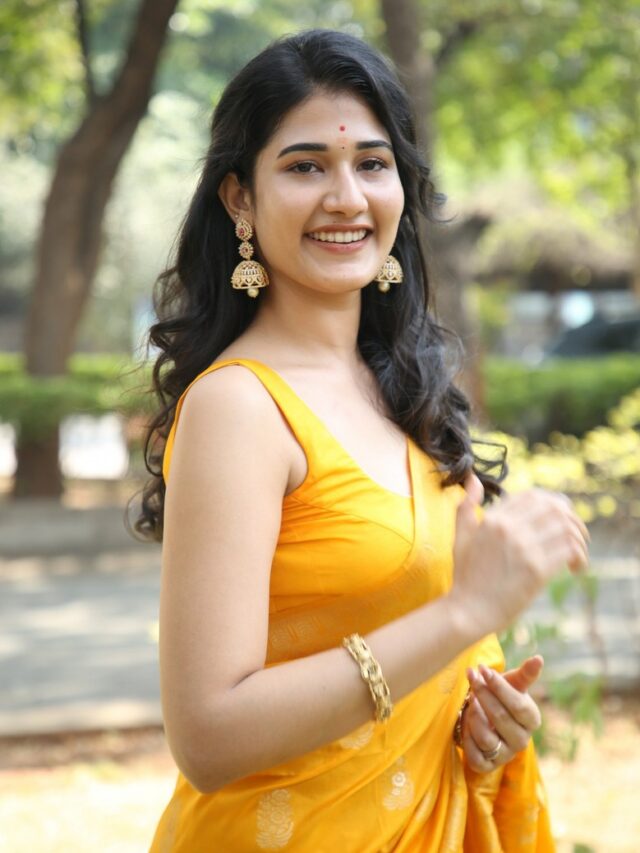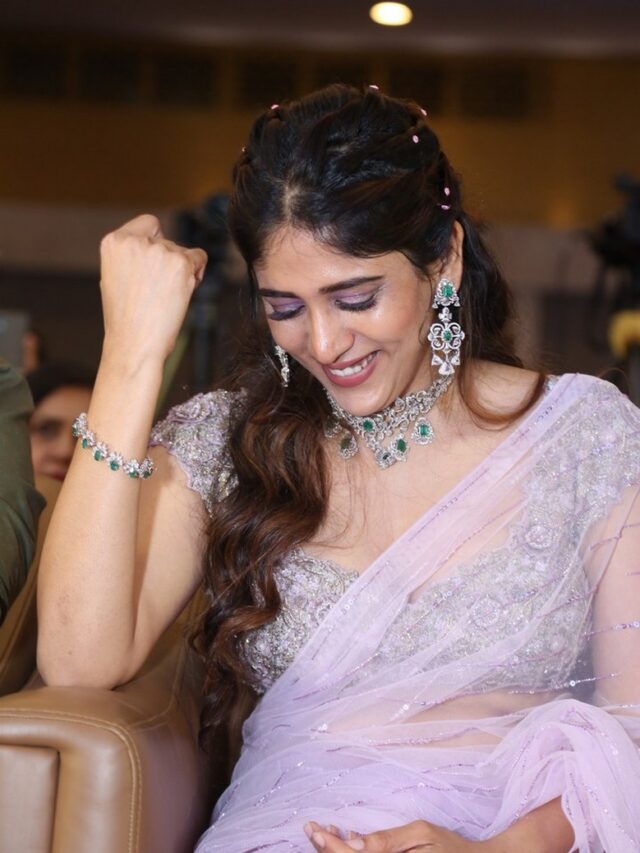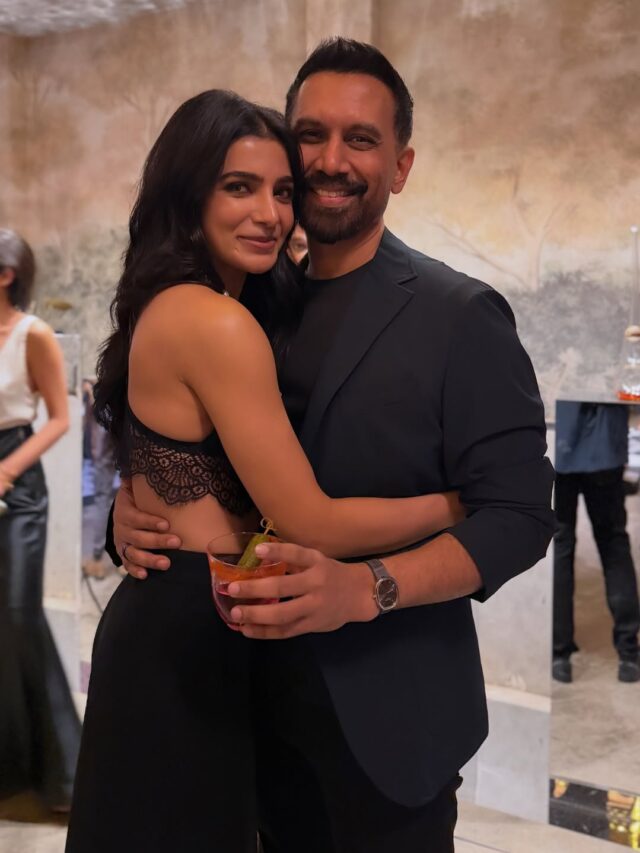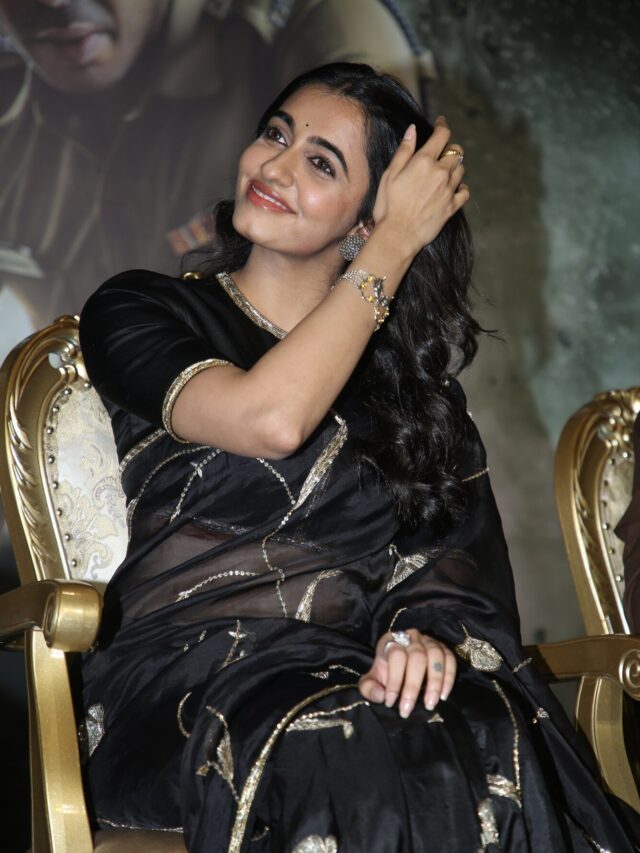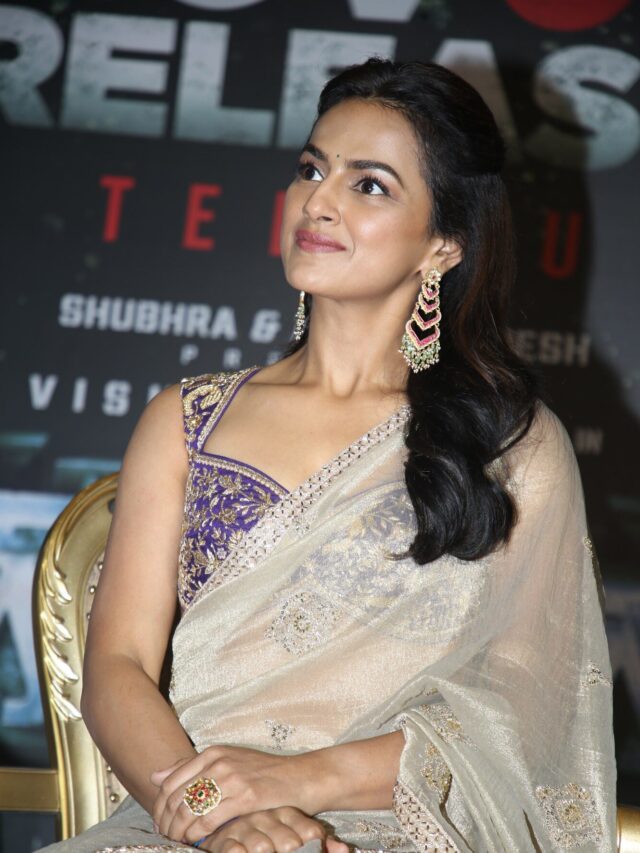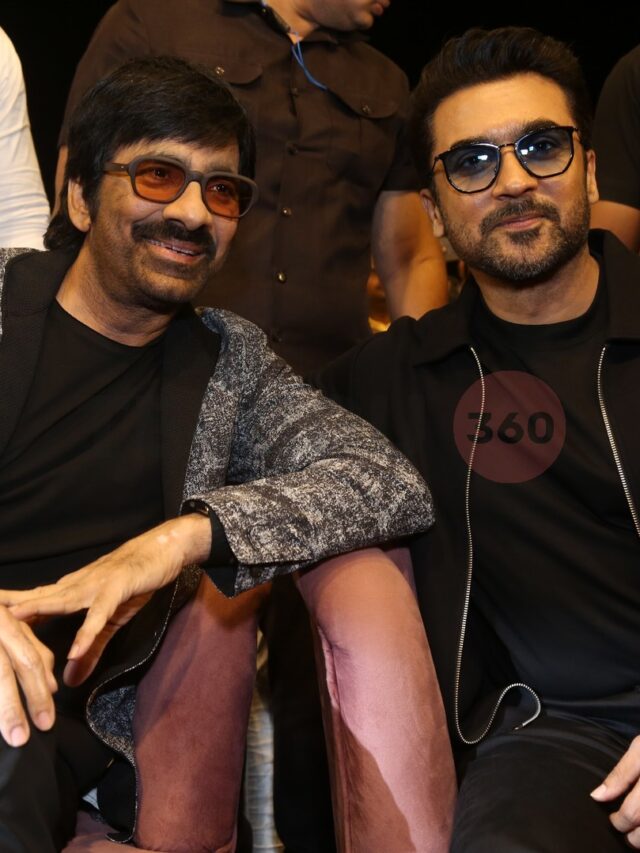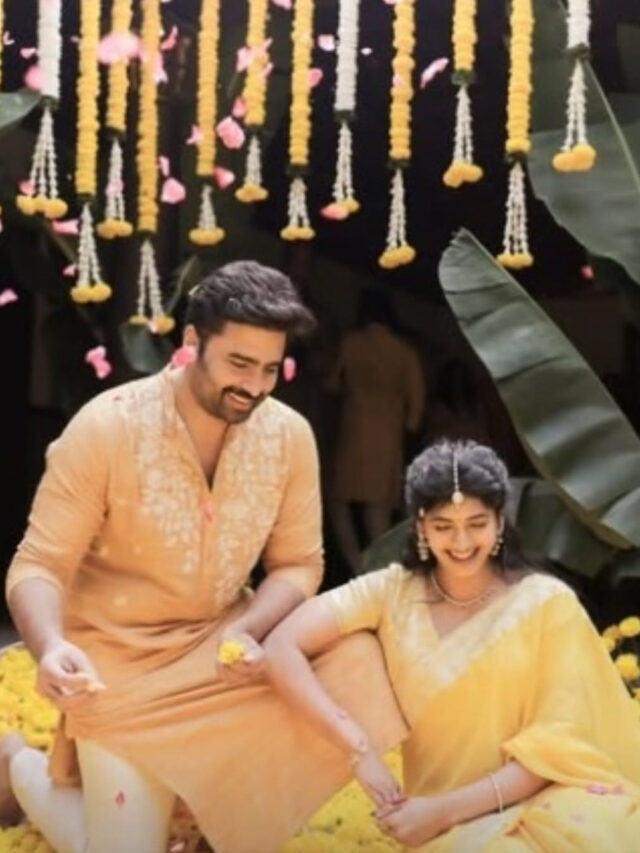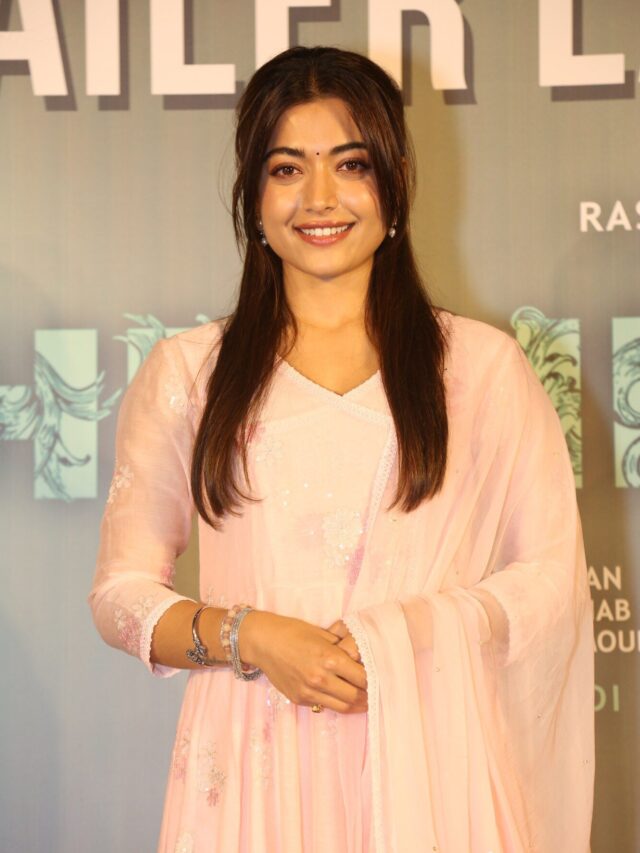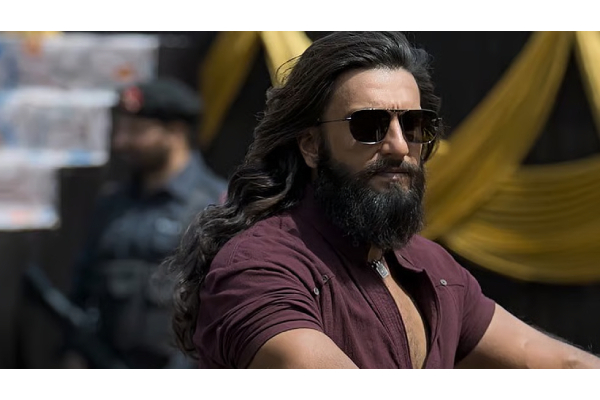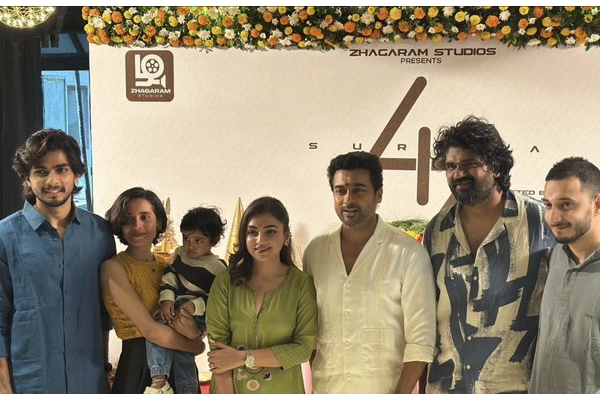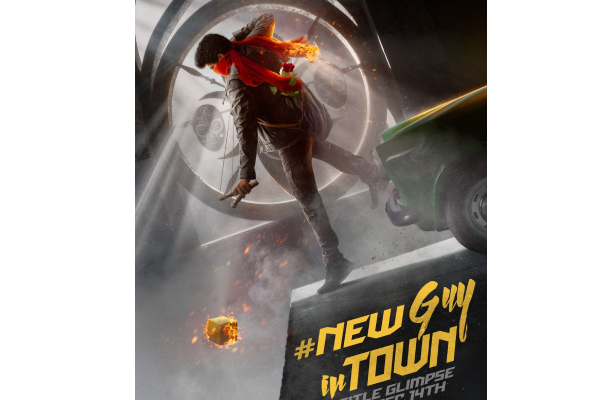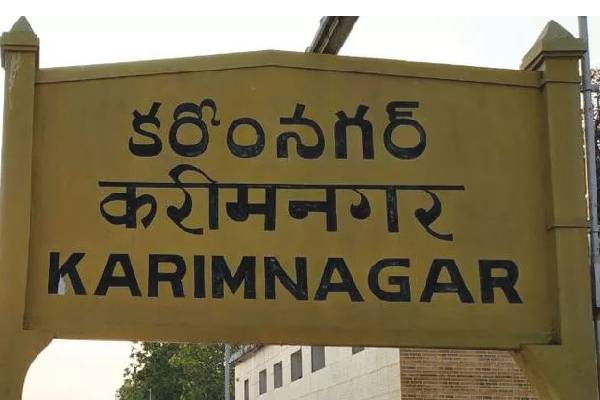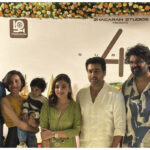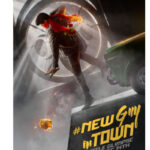KVPG is going to be the film that will catapult Natural Star Nani to superstar status. A complete family entertainer with balanced elements of emotion, action, comedy and romance.
When the title as long as “Krishna Gadi Veera Prema Gaadha’ was announced, fans thought this might be a blockbuster in making. When they announced that Nani will be playing the role of a Balakrishna fan, they thought this is hyping it up – Nani, a natural star being a Balayya fan? At the audio launch, when Superstar Mahesh spoke, the expectations went sky-high. Finally, when KVPG was released, it became clear from the first frame till the last that here is an authentic blockbuster with a genuine love story in a common man’s life and interwoven with the genres of action, comedy and police chase. No mistake about it, KVPG is a sure-fire winner for Nani and a worthy second-film for director Hanu Raghavapudi.
 What makes the movie gripping is a simple narrative and dazzling screenplay by Hanu topped with exceptional visual-story-telling techniques that keep pumping adrenaline into the viewers till the very end. One cannot believe he is the same director who made a cute love story “Andala Rakshasi” a few years back. The treatment and the techniques used in this second film lifted the overall feel of the film to thrilling and outstanding levels not seen in many many years for Telugu audiences craving for good content. The movie’s technical values got a booster shot once the three producers of 14 Reels Entertainment came together to launch the film.
What makes the movie gripping is a simple narrative and dazzling screenplay by Hanu topped with exceptional visual-story-telling techniques that keep pumping adrenaline into the viewers till the very end. One cannot believe he is the same director who made a cute love story “Andala Rakshasi” a few years back. The treatment and the techniques used in this second film lifted the overall feel of the film to thrilling and outstanding levels not seen in many many years for Telugu audiences craving for good content. The movie’s technical values got a booster shot once the three producers of 14 Reels Entertainment came together to launch the film.
The story is about a village youth Krishna (title role played by Nani, a hard-core Balayya fan) who is in love with Mahalakshmi (played by debutante Mehreen Kaur), sister of a factionist warlord. Both of them romance at secluded spots of the village unbeknownst to everybody else except the family of the factionist but Nani pussyfoots around the topic . One fateful night, when Mahalakshmi’s house gets attacked by rival gangs led by Brahmaji, almost everybody is felled by the goons and in a desperate act to save the kids of the house, Mahalakshmi’s brother implores Nani to take the car and escort the kids to safety. Who are the kids? They belong to ACP Sampath, an upright police officer who spares neither the dons nor the ministers. There is another twist here of Murali Sharma playing the role of David Ibrahim, a dreaded Mafia Don who enters India incognito but gets caught in an obscure police station. Whats the common thread that joins Sampath, Brahmaji, Murali Sharma and comedian Pridhviraj and what is the connection of all with Krishna escorting the kids and his lover Mahalakshmi is the essence of the second half full of unintended laughs and brilliant twists in the plot.
Thankfully, the team has invested more into the plot and sub-plots than the locations which would have otherwise spiralled the budgets. That is what makes Nani a different star compared with the formula-led superstars of Tollywood. For most of the film, the sequences are shot in simple locations which look exotic for the audience – dingy corners of a a spacious village bungalow, a pentagonal multi-step water tank, an old bridge that reminds you that something significant is going to happen there, a village temple that reverberates with silence, and ramparts of Gandikota fort which give an imposing overview of the happenings of a village while feeding your senses majestically.
Director Hanu has worked hard on the script and screenplay before taking this multi-dimensional story to edge-of-the-seat narration. To a large extent, cinematography becomes a piece of cake because of the extra-ordinary sense of visual story-telling that is embedded into the words of the film – penned by Jai Krishna and director Hanu Raghavapudi. For example, in one scene Satyam Rajesh remarks to Nani’s friends that “this is Gandikota Rahasyam” and the next scene they show Gandikota Fort as the backdrop before the story moves. In another scene, the hero says “Ganta Kotte Time Vachindi” and the next scene actually shows the hero ringing the temple bell. There are atleast six scenes in the film which connect the narrative to words uttered in the previous scene. This breaks the monotony of the usual narrative followed in films where scenes jumpcut each other to nonsense. The dialogues are also masterful in the sense that they suit the nuances of each character in where they represent: Mehreen’s father’s factionist dialect, Annapurna’s village slang, Sampath’s urban style and Prithvi’s theatrical style – all of them have great variety. It requires meticulous re-writing and re-imagining to write a script like this where everything falls in its place while doing justice to establishing the lead characters, telling the story and moving the pace of the action scenes. Only in the first half, editing by Gowtham Raju is slow but picks momentum just before the interval.
[pullquote position=”left”] For Nani, the march to superstardom will come with this film after the silent success of “Bhale Bhale Magadivoi” but knowing his skill in script selection, he might be reluctant to get trapped in such images. [/pullquote] Dialogues by Jai Krishna pack a lot of punch and pun and suit the scene and the character speaking them. For example, the comedy track between Prithviraj, Murali Sharma and Prabhas Seenu leaves you in splits with great timing and relief. Then there are dialogues between the hero and the heroine mostly over mobile conversations which are both clever and outright funny. For example, Mahalakshmi asks Krishna,”Tell me the correct spelling of the word `weak’ ”. Krishna retorts: “ This week’s or last week’s? ”. Haven’t seen such Wodehousean humor in Telugu films in a long time. Music by Vishal Chandrasekhar uplifts the songs and BGM to rarefied levels. While there is not much melody in the music, the rawness of the soundtrack and the roughness of the instrumentation actually makes it an interesting track to listen to. The song “Rampam Para ra ra Rampa Rampa ra…” is the zaniest track of the film which repeats in the end credits. As the pattern goes in most of Nani’s films, his sense of dressing and dancing becomes completely wacky and loud in songs compared to the scenes. He becomes a louder version of the Natural Star for giving a larger-than-life slice in his songs – with gawdy colors, trapeze movements, tinted glasses and funny hats. Anyways the audiences love this aspect of Nani as the songs make it mass-appeal while he retains his rustic side in character. On the whole, Nani becomes himself yet again in a plot which is tailor-made for him. There is only one stunt in the film with Nani but that is more than enough to elevate heroism – it reminds you why we don’t need many stunts in today’s films which can cut the running time by atleast twenty minutes. His chemistry with both the heroine and the three kids in the film make it fun to watch – only Prabhas and Tarun have shown such talent in connecting with the kids on screen. By tattoing “Jai Balayya” and living the life of a NBK fan, the makers of KVPG have a made a strategic safety net for garnering great openings. Quite strangely, throughout the film, there is a looming presence of Balayya whenever Nani is looking for help from violent villains – and the audience is anticipating a guest presence of NBK – Does it happen or not?!!!)
Other performances by Murali Sharma, Sampath, Brahmaji, Satyam Rajesh and Annapurna are quite distinct and noticeable. Of course, Prithviraj once again sweeps the honors with a commendable performance. He is going strong in an era when the sun is setting on Brahmanandam and there are not many others to boast of in comic timing and screen presence. The uproar of seeing him first time on screen tells us that here is a comedian whose time has come – to rule. Debutante Mehreen is cute but inconsistent in her looks throughout perhaps due to lax makeup. But Lavanya Tripathi also looked the same in “Andala Rakshasi” and now became a heroine worth watching.
In summary, KVPG is a dramatic output in 148 minutes that tells a story in a fresh and unique voice like never before. It is a complete family entertainer without an overdose of melodrama, violence and comedy that could have marred it. For Nani, the march to superstardom will come with this film after the silent success of “Bhale Bhale Magadivoi” but knowing his skill in script selection, he might be reluctant to get trapped in such images. The film has all the commercial elements without the conventional treatment and is squeaky clean to watch for kids and elders too. One of the unique firsts, among many others, is the interval bang -where for the first time, the director uses a trailer approach to show what’s coming in the second half; in 8 microseconds, Hanu leaves you gasping for more by flashing visuals of what is to follow post-interval. All in all, a great satisfying film that deserves excellent ratings.


